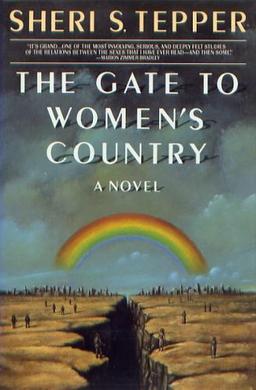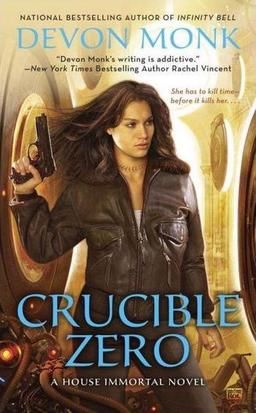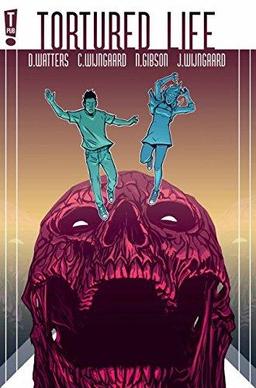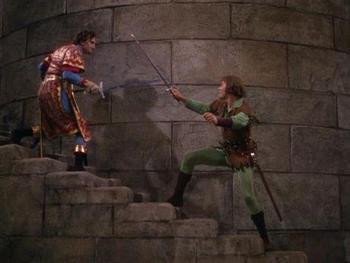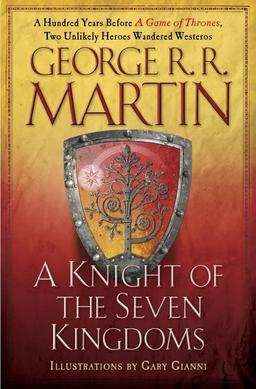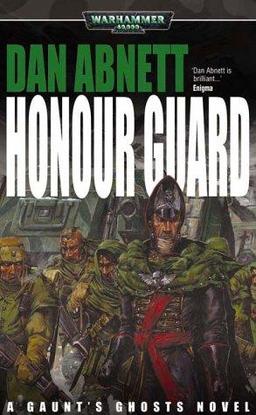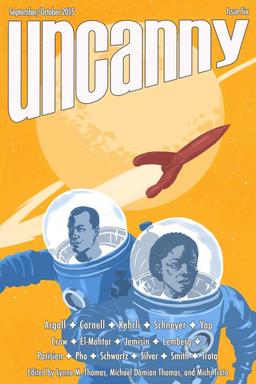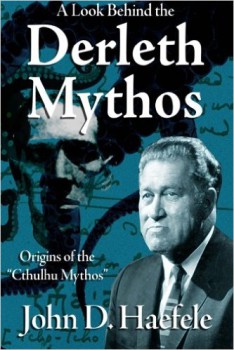August Issue of Swords and Sorcery Magazine Now Available
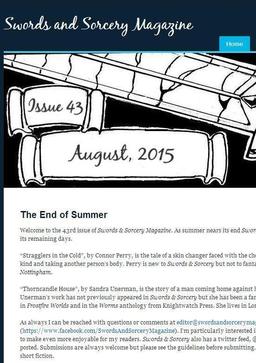 Issue 43 of Swords and Sorcery Magazine, cover-dated August 2015, is now available.
Issue 43 of Swords and Sorcery Magazine, cover-dated August 2015, is now available.
Swords and Sorcery Magazine is edited by Curtis Ellett. Each issue contains two short stories, and is available free online. This issue includes new fiction from Connor Perry and Sandra Unerman.
“Stragglers in the Cold,” by Connor Perry, is the tale of a skin changer faced with the choice of dying of starvation in the snow or breaking the rules of his kind and taking another person’s body. Perry is new to Swords & Sorcery but not to fantasy. His work can be seen on-line in his web serial, Monsters of Nottingham.
“Thorncandle House,” by Sandra Unerman, is the story of a man coming home against his will to a house that wants him more than he wants it. Unerman’s work has not previously appeared in Swords & Sorcery but she has been a fantasy writer for many years. She has recently published stories in Frostfire Worlds and in the Worms anthology from Knightwatch Press. She lives in London and is a member of the Clockhouse Writers’ Group.
Read the current issue here. We last covered Swords and Sorcery Magazine with Issue #42.
Swords and Sorcery Magazine is edited by Curtis Ellett, and is available free online. Fletcher Vredenburgh reviewed issue #42 in his July Short Story Roundup.
Our September Fantasy Magazine Rack is here, and all of our recent magazine coverage here.
